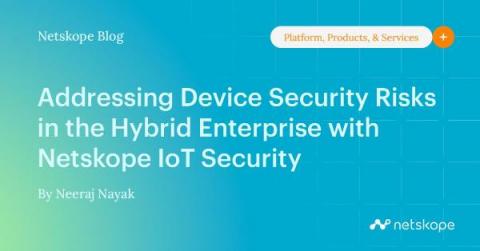IoT Device Lifecycle Management: A Comprehensive Guide for IT Managers
IoT device lifecycle management is the process of managing the entire life cycle of an IoT device, from conception and design to manufacturing and distribution, to installation and eventual decommissioning. The goal of IoT device lifecycle management is to ensure that devices are properly managed throughout their lifespan to maximise their operational efficiency and longevity.







